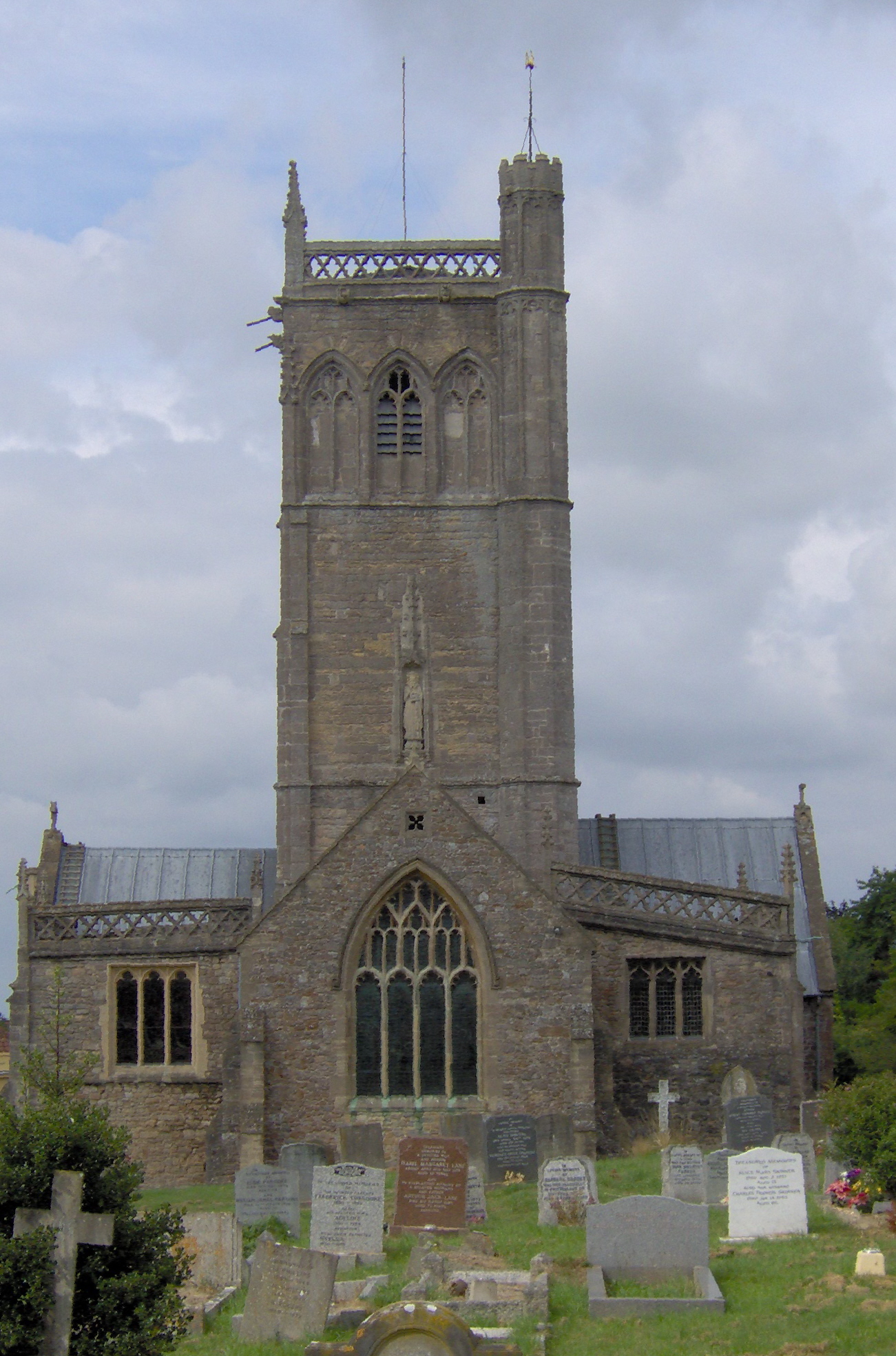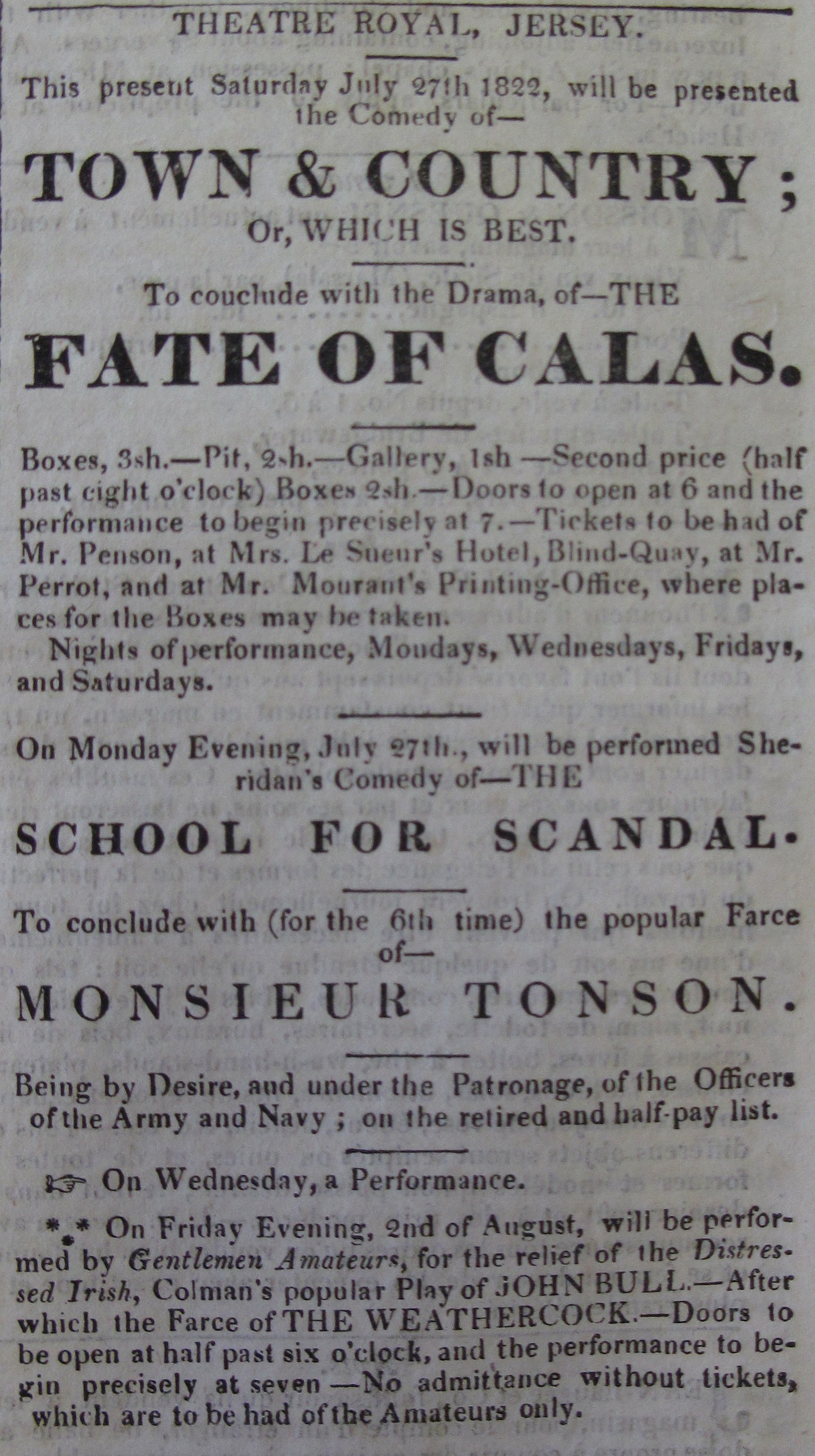|
William Naish (artist)
William Naish (1766/7–1800) was an English miniature painter. Life William Naish was born in Axbridge, Somerset, and practised with success in London. He exhibited at the Royal Academy almost continuously from 1783 until his death in 1800. His portraits of Morton the dramatist and Mrs. Twisleton and Mrs. Wells, actresses, were engraved by Ridley for the '' Monthly Mirror''. His brother, John Naish, was also a miniaturist, and exhibited in London in 1790 and 1795.Beyer; Savoy; Tegethoff, eds. 2021. Gallery File:Admiral George Tate (1745-1821), Circa 1795.jpg, Admiral George Tate () File:Samuel Burgess, wearing black coat with velvet collar .jpg, Samuel Burgess () File:Portrait of an officer, traditionally identified as a member of the Clarendon family, circa 1800).jpg, Portrait of an officer () File:Thomas Morton (dramaturge).jpg, T. Morton, engraved by Ridley after Naish (1796) References Sources * Beyer, Andreas; Savoy, Bénédicte; Tegethoff, Wolf, eds. (2 ... [...More Info...] [...Related Items...] OR: [Wikipedia] [Google] [Baidu] |
Portrait Miniature
A portrait miniature is a miniature portrait painting, usually executed in gouache, watercolor, or enamel. Portrait miniatures developed out of the techniques of the miniatures in illuminated manuscripts, and were popular among 16th-century elites, mainly in England and France, and spread across the rest of Europe from the middle of the 18th century, remaining highly popular until the development of daguerreotypes and photography in the mid-19th century. They were usually intimate gifts given within the family, or by hopeful males in courtship, but some rulers, such as James I of England, gave large numbers as diplomatic or political gifts. They were especially likely to be painted when a family member was going to be absent for significant periods, whether a husband or son going to war or emigrating, or a daughter getting married. The first miniaturists used watercolour to paint on stretched vellum, or (especially in England) on playing cards trimmed to the shape required. The ... [...More Info...] [...Related Items...] OR: [Wikipedia] [Google] [Baidu] |
Axbridge
Axbridge is a small town in Somerset, England, in the Sedgemoor district on the River Axe, near the southern edge of the Mendip Hills. The town's population according to the 2011 census was 2,057. History ''Axanbrycg'' is suggested as the source of the name, meaning a bridge over the River Axe, in the early 9th century. Early inhabitants of the area almost certainly include the Romans (who are known to have mined lead on the top of the Mendips) and earlier still, prehistoric man, who lived in the local caves, and whose flint tools have been found on the slopes of the local hills. The history of Axbridge can be traced back to the reign of King Alfred when it was part of the Saxons' defence system for Wessex against the Vikings. In the Burghal Hidage, a list of ''burhs'' compiled in 910, it was listed as ''Axanbrycg''. A listing of Axbridge appears in the Domesday survey of 1086 as ', meaning 'axe bridge' from the Old English ' and '. It was part of the royal manor of Chedda ... [...More Info...] [...Related Items...] OR: [Wikipedia] [Google] [Baidu] |
Royal Academy Of Arts
The Royal Academy of Arts (RA) is an art institution based in Burlington House on Piccadilly in London. Founded in 1768, it has a unique position as an independent, privately funded institution led by eminent artists and architects. Its purpose is to promote the creation, enjoyment and appreciation of the visual arts through exhibitions, education and debate. History The origin of the Royal Academy of Arts lies in an attempt in 1755 by members of the Royal Society of Arts, Society for the Encouragement of Arts, Manufactures and Commerce, principally the sculptor Henry Cheere, to found an autonomous academy of arts. Prior to this a number of artists were members of the Society for the Encouragement of Arts, Manufactures and Commerce, including Cheere and William Hogarth, or were involved in small-scale private art academies, such as the St Martin's Lane Academy. Although Cheere's attempt failed, the eventual charter, called an 'Instrument', used to establish the Royal Academy ... [...More Info...] [...Related Items...] OR: [Wikipedia] [Google] [Baidu] |
Thomas Morton (playwright)
Thomas Morton (1764 – 28 March 1838) was an English playwright. Life Morton was born in the city of Durham. He was the youngest son of John and Grace Morton of Whickham, County Durham. 26 January 1935, p. 69. After the death of his father he was educated at Soho Square school at the charge of his uncle Maddison, a stockbroker. Here amateur acting was in vogue, and Morton, who played with , acquired a taste for the theatre. He entered at , 2 July 1784, but was not called to the bar. His first drama, ''Colu ... [...More Info...] [...Related Items...] OR: [Wikipedia] [Google] [Baidu] |
William Ridley (engraver) (1816–1882), Church of England priest and author
{{hndis, Ridley, William ...
William Ridley may refer to: * William Ridley (engraver) (1764–1838), British engraver *William Ridley (bishop) (1836–1911), Anglican bishop in Canada *William Ridley (Presbyterian missionary) (1819–1878), Presbyterian missionary and linguist in Australia *William Henry Ridley William Henry Ridley (2 April 1816 – 17 February 1882) was a priest in the Church of England and an author. Life Ridley, born on 2 April 1816, was eldest son of Henry Colborne Ridley (1780–1832), Rector (ecclesiastical), rector of Hambleden, ... [...More Info...] [...Related Items...] OR: [Wikipedia] [Google] [Baidu] |
Monthly Mirror
''The Monthly Mirror'' was an English literary periodical, published from 1795 to 1811, founded by Thomas Bellamy, and later jointly owned by Thomas Hill and John Litchfield. It was published by Vernor & Hood from the second half of 1798. The ''Mirror'' concentrated on theatre, in London and the provinces. The first editor for Hill was Edward Du Bois. From 1812 it was merged into the ''Theatrical Inquisitor''. Contributors * Thomas Batchelor * Sir John Carr *Leigh Hunt *Capel Lofft *Eliza Kirkham Mathews * Thomas Park * Horatio Smith * James Smith * John Taylor, writing opera "memoirs and sketches" *Henry Kirke White * Samuel Whyte *Tate Wilkinson Tate Wilkinson (27 October 173916 November 1803) was an English actor and manager. Life He was the son of a clergyman and was sent to Harrow. His first attempts at acting were badly received, and it was to his wonderful gift of mimicry that h ... Notes {{DEFAULTSORT:Monthly Mirror 1795 establishments in Great Britain 1812 d ... [...More Info...] [...Related Items...] OR: [Wikipedia] [Google] [Baidu] |
George Tate (Russian Navy Officer)
George Tate (1745–1821) was an English admiral in the Imperial Russian Navy, Russian Navy. Family origins George Tate was born near London on 14 June 1746,Warner 2004. although some sources give the earlier date of 19 June 1745. He was the third son of George Tate (1700–1794) by his wife, Mary (died 1770). He belonged to a Northamptonshire family, three members of which had been lord mayors of London—in 1473, 1488, 1496 and 1513. His father, George Tate, who served for some time in the Russian Navy, and was afterwards settled in London as an agent for the Russian Admiralty, emigrated to North America about 1754, and settled at Falmouth, Maine, Falmouth in Maine, where he kept up a trade connection with Russia, and where he died at the age of ninety-four in 1794. His sons seem to have been all brought up to the sea.Laughton 1898, p. 377. Naval career George, the third son, entered the Russian Navy, and in 1770 was made a lieutenant, probably in the fleet under John E ... [...More Info...] [...Related Items...] OR: [Wikipedia] [Google] [Baidu] |



